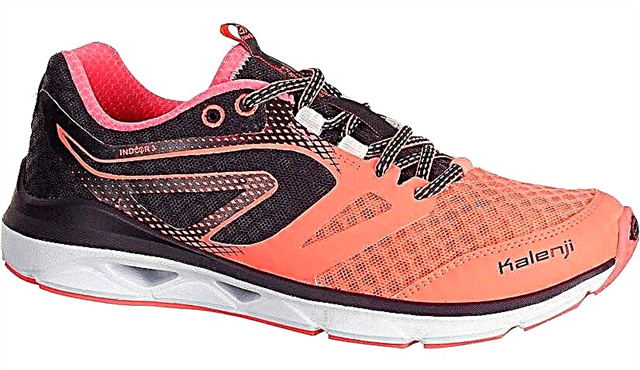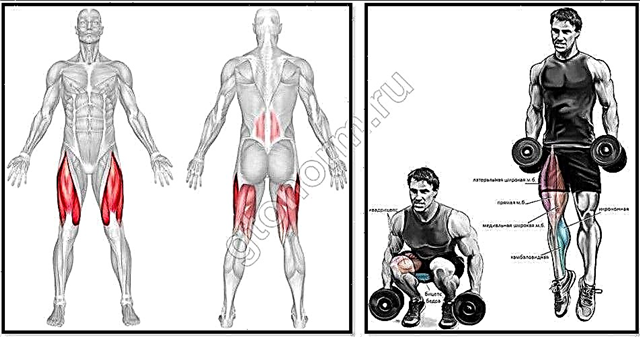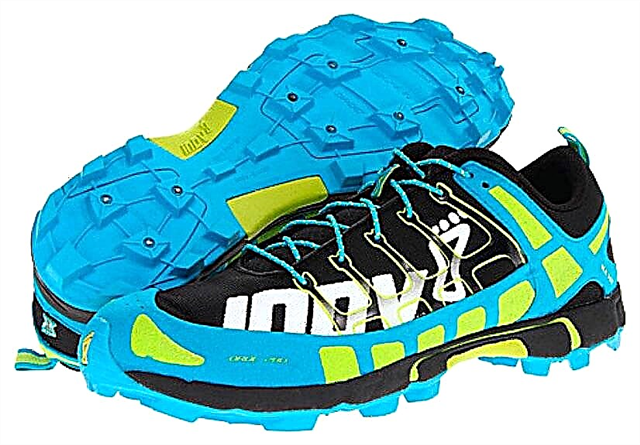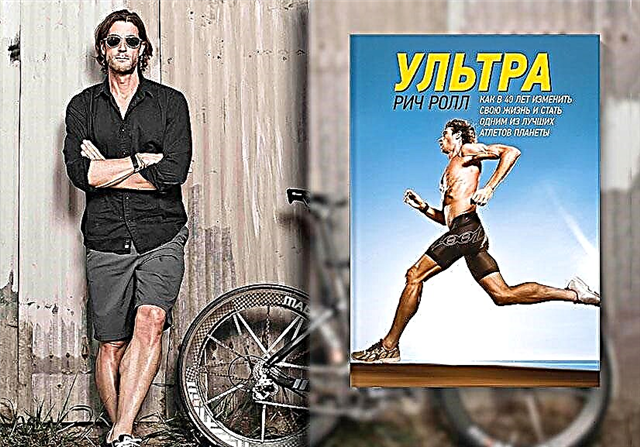With the onset of winter and snowfall, joggers often have a question - where to run in winter. And asphalt, soil, rubber, everything becomes the same if there is snow on top. Therefore, in the article we will focus primarily not on the softness of the surface, but on the presence of snow on it.

Running along the main streets of the city
The central streets of the city are always the best cleared of snow. A huge amount of sand and salt is poured onto them, the snow layers are raked with tractors and shovels.
Therefore, on such streets, most often, it is as convenient to run as in the summer, if snow has already melted, and has not turned into a mess, on which it is generally impossible to run. However, due to the huge amount of salt, shoes quickly deteriorate if you constantly run on such streets. In addition, due to the melting of snow under the influence of salt, the main streets are usually dirty. This means that when running, you will get dirty on your back due to the overlap of the lower leg, which you must have when running.

And we must not forget about the huge number of cars, and, therefore, the emitted carbon monoxide gases that you will have to breathe while running. There is little pleasant from this.
Conclusion: from the point of view of convenience and grip in winter, it is best to run on the main streets, which they try to clear first. But we must take into account that it will be more difficult to breathe, and the clothes in the back will most often be dirty.
Running in parks and embankments
Parks and embankments are being cleaned quite actively. However, it is very rare that the snow is brushed to asphalt or tiles. That is, there is always a thin layer of snow on top. This means that the grip will be worse. Because of this, you will have to change your running technique, lose speed due to slipping of the sneakers, and there will be a good opportunity to fall a couple of times on turns, if the speed while running is decent, and you cannot fit into the turn.
But the advantages of running in parks and embankments can be attributed to the fact that there is clean air, usually there are many other runners, and the snow is cleaned regularly, although not as thoroughly as on the main streets, but still you cannot run knee-deep in snow have to.

Takeaway: Running in parks and on embankments is a great option for light recovery runs. Since a good tempo cross-country run on a thin layer of snow will be hard both physically and psychologically.
Running around the outskirts of town
The outskirts of the city are rarely cleaned, so part of the way will have to be covered in deep snow. Great for strength training. You can't run a pace or recovery cross on such sections of the road.
Running in deep snow promotes training hip lifting, which has a positive effect on running technique.
Conclusion: running on the outskirts, where the snow is not cleared, will be useful for those who like to complicate their lives, and run not for recovery, but as training. Running in the snow is very rewarding but also challenging.
Running in the arena, gym and treadmill at home.
If we talk about a standard track and field arena, then running in it is definitely possible and necessary. True, due to the lack of ideal ventilation of the room, you need to get used to such air. But in general, in winter it is ideal. Except for one BUT. Not all cities have such arenas, and where they are, they are either far away, or there are a lot of people.

But I do not recommend running in a regular gym. Without a soft cover and a good tilt, you risk ankle injury and many other leg diseases.
It makes sense to run in the gym only at a slow pace, no faster than 6-7 minutes per kilometer.
Running on a treadmill will never replace regular running. Due to the lack of a horizontal component, you lose a lot in running quality. But. When it is very cold outside, this option does not hurt.
General conclusion: ideal for running in winter - run along streets well cleared of snow with a minimum number of cars, or train in the track and field arena, where it is always summer. For leg training and strength endurance, running in deep snow is perfect. But running on slippery surfaces is very difficult and not very useful. Especially on ice or ice in the snow. In this case, the running technique breaks down and you spend extra strength on repulsion.










